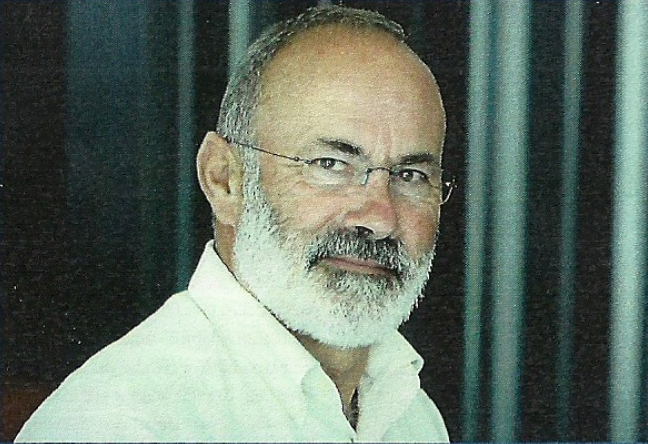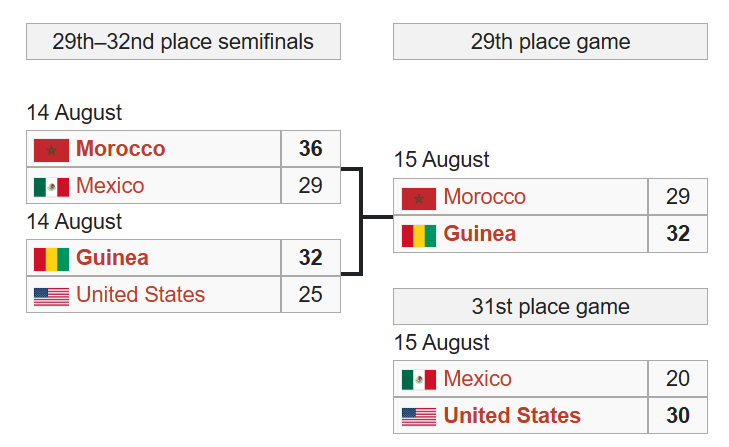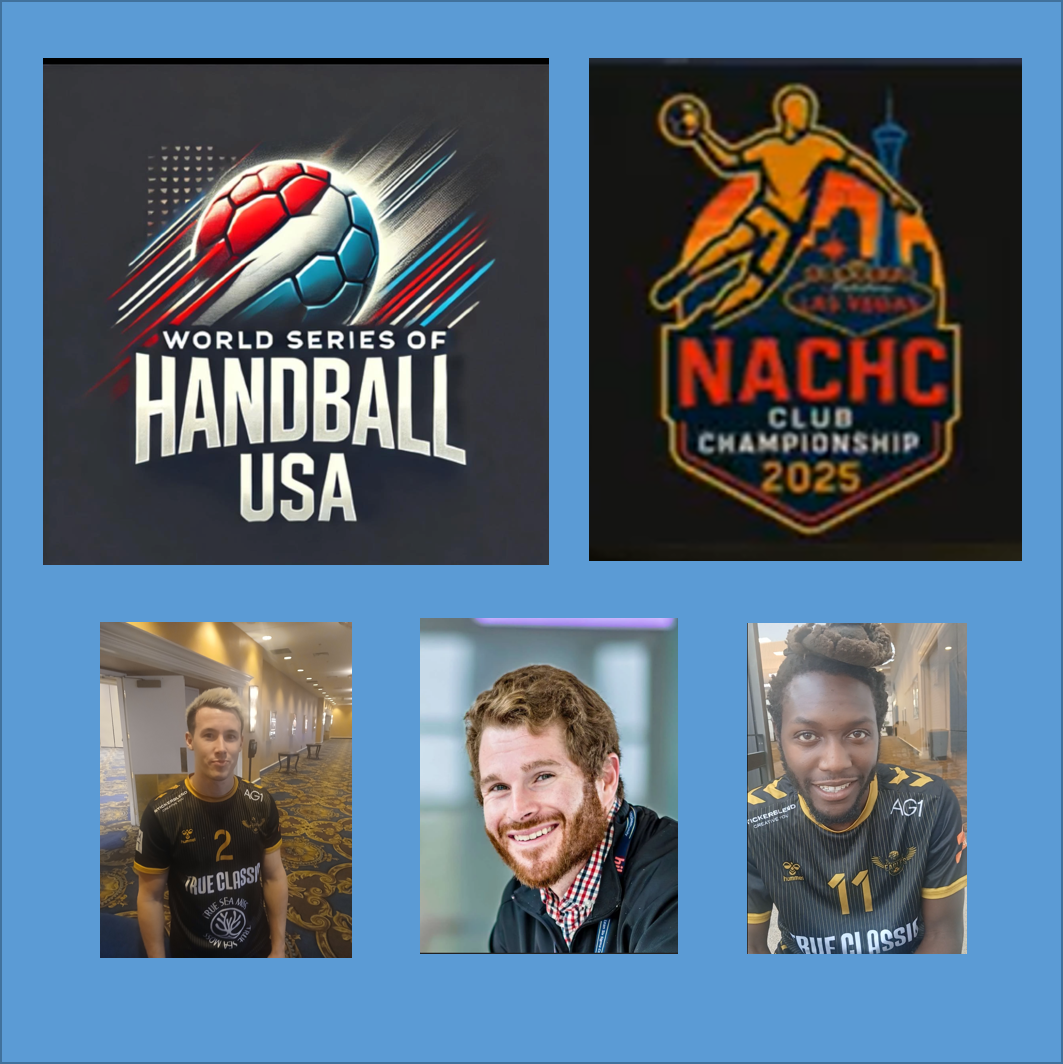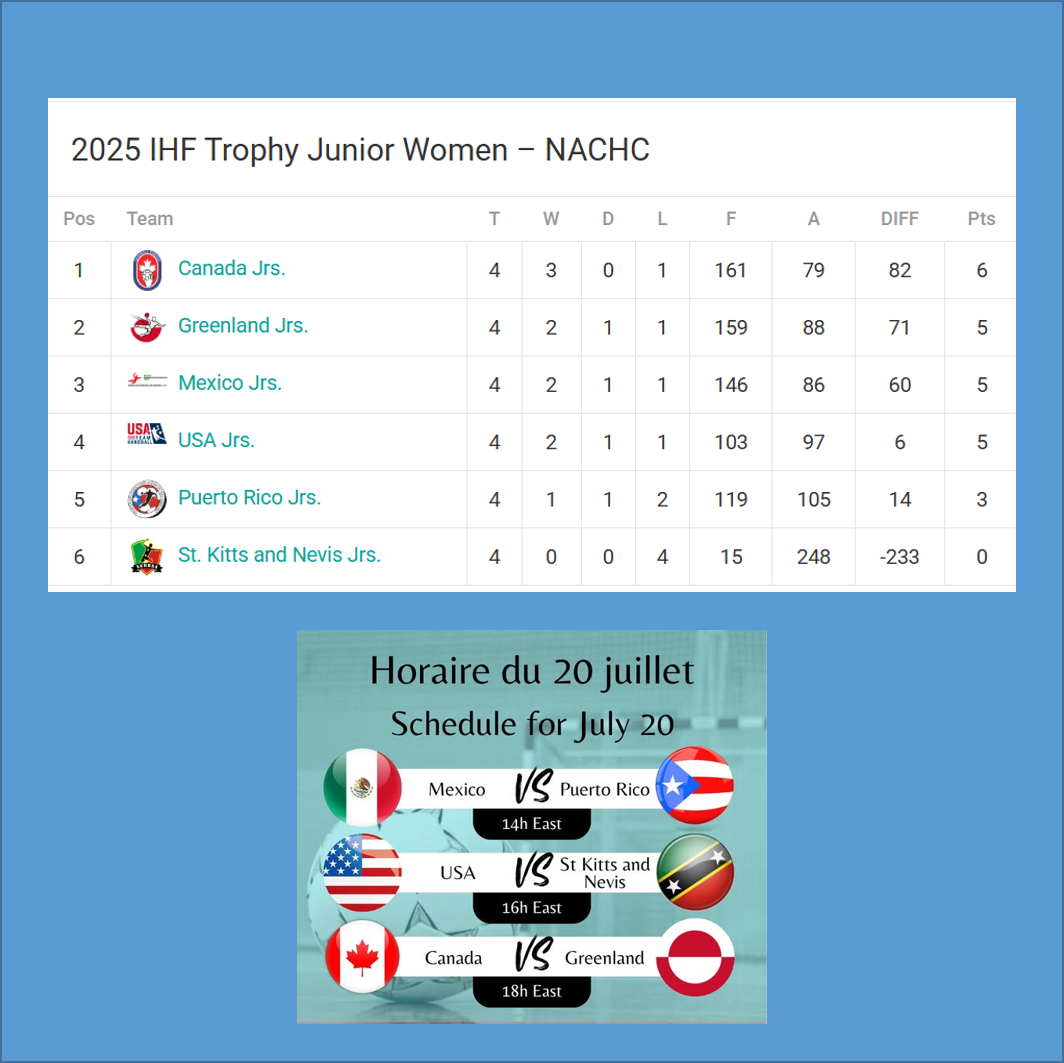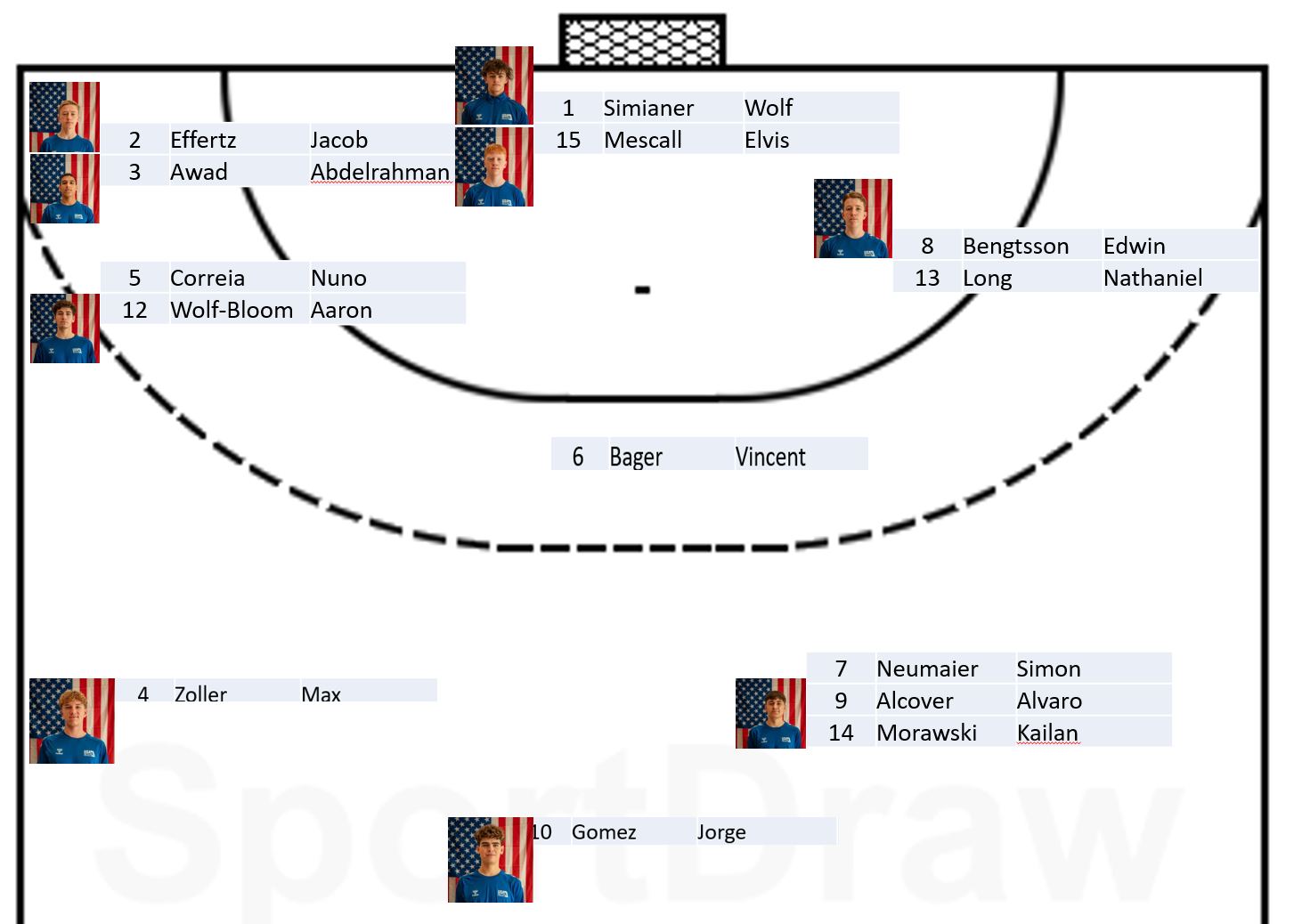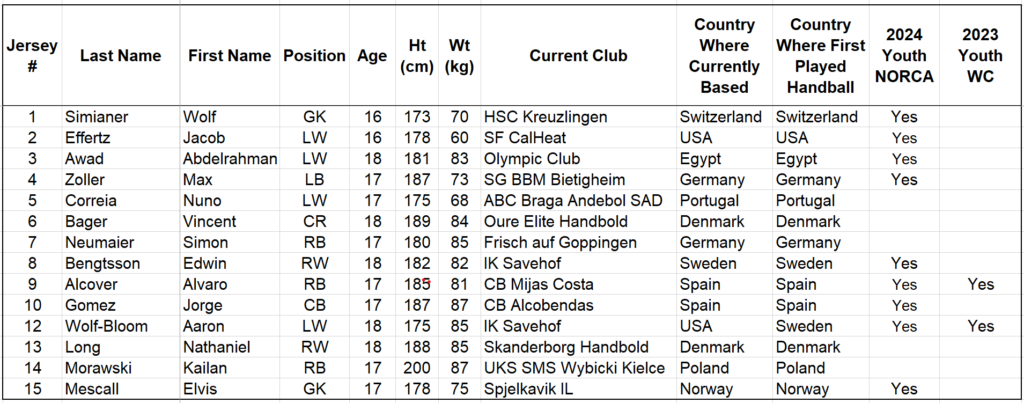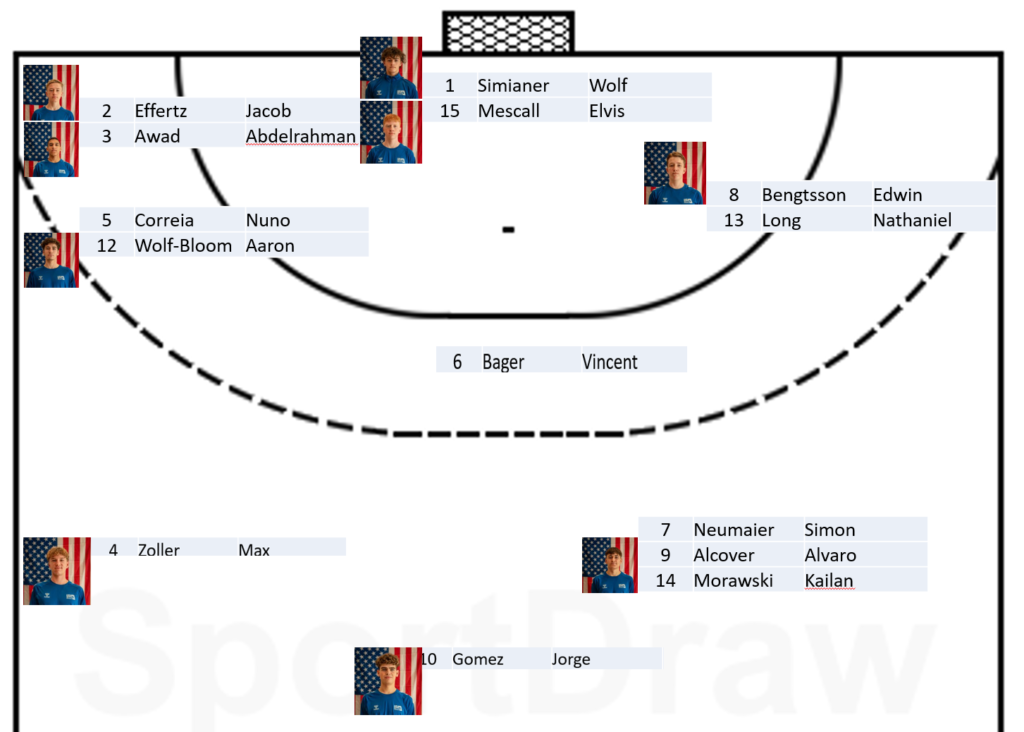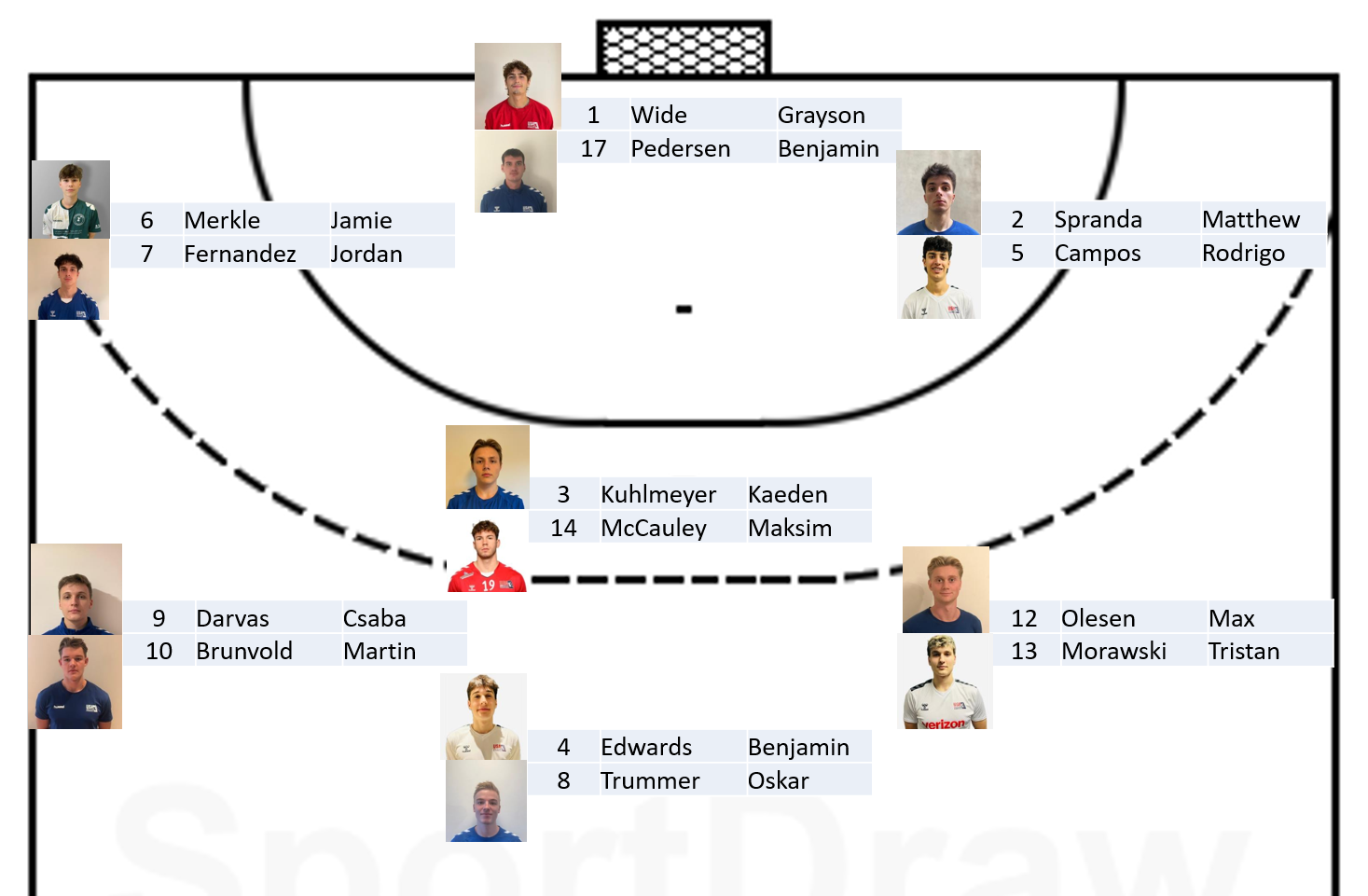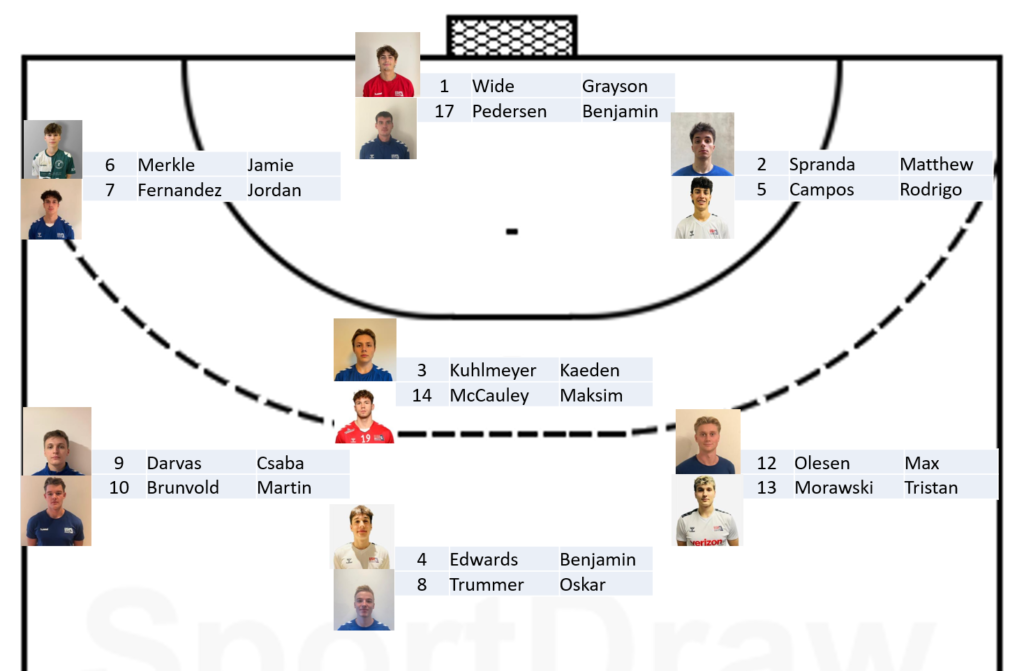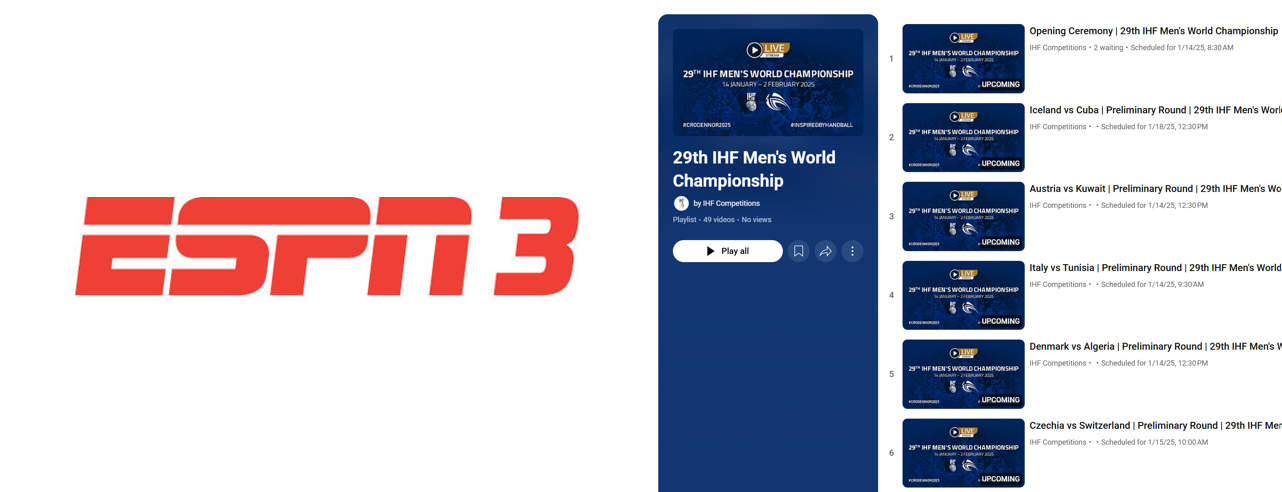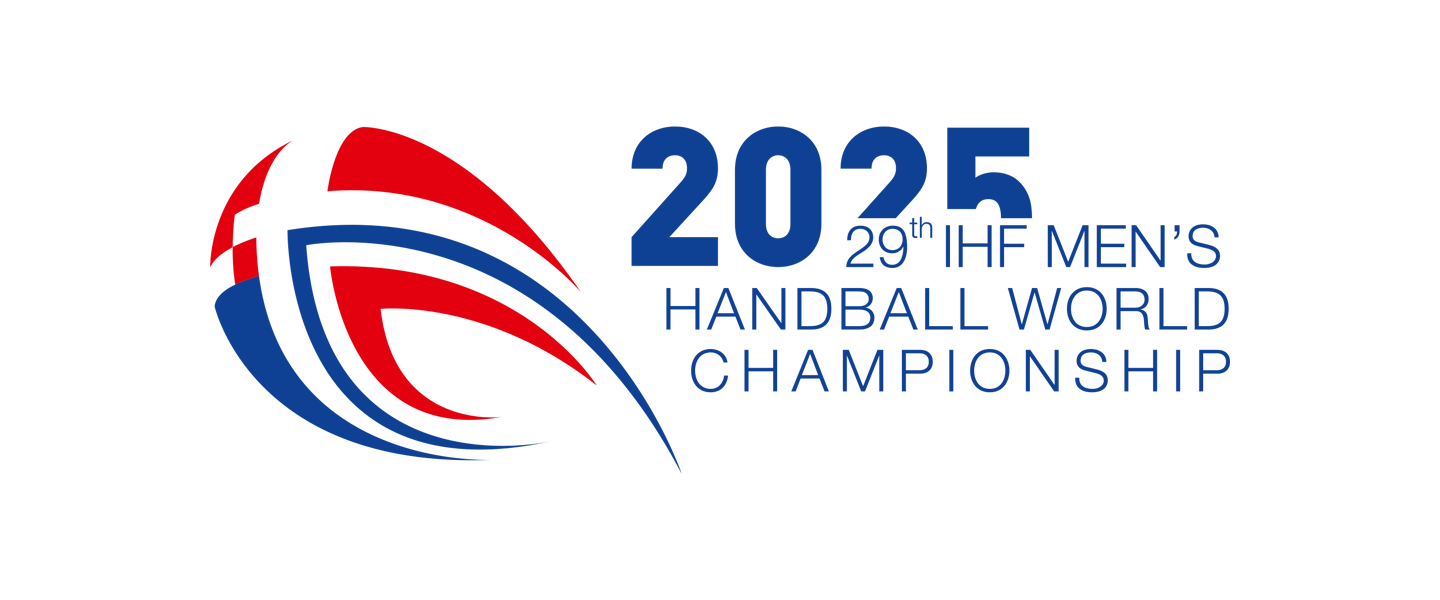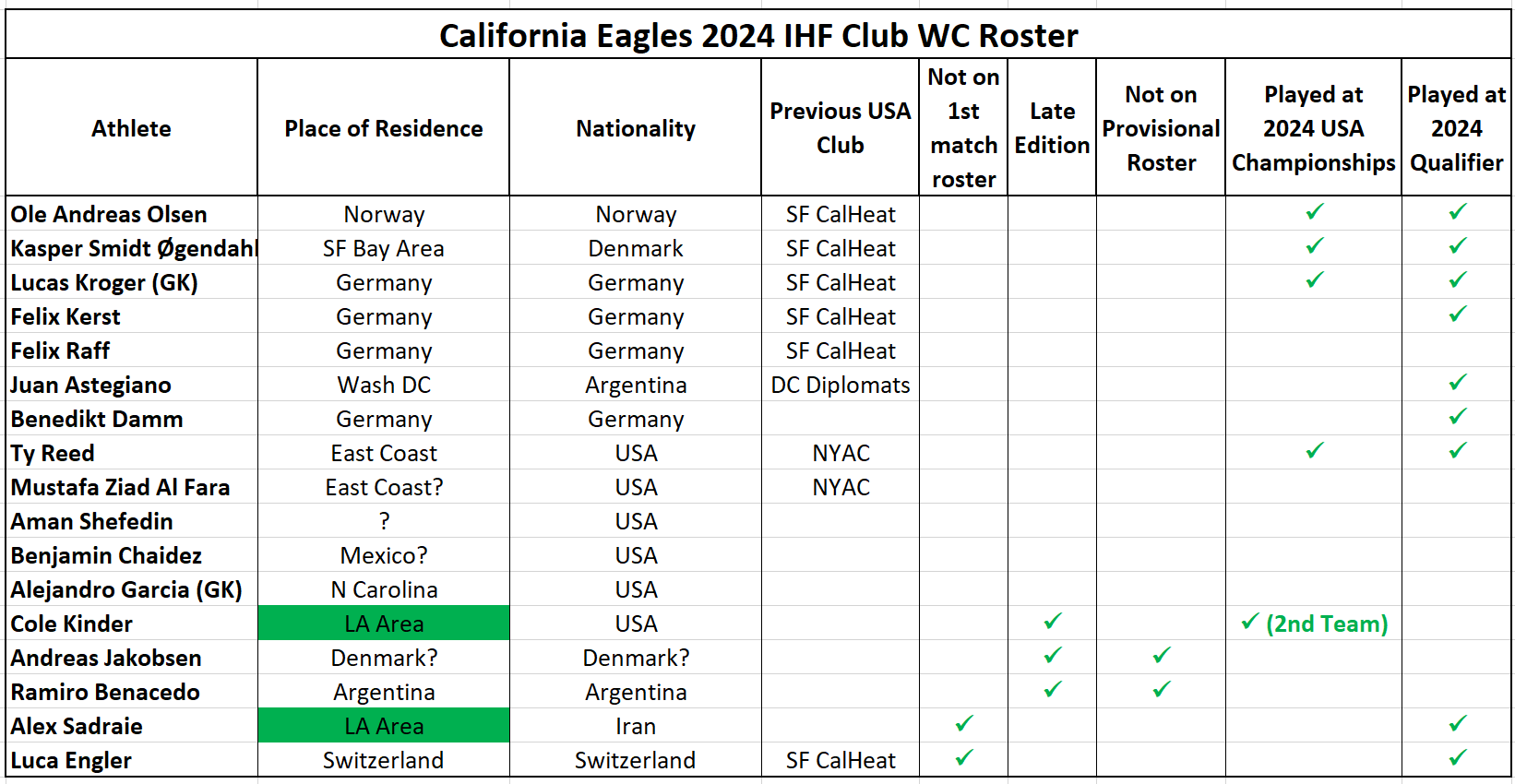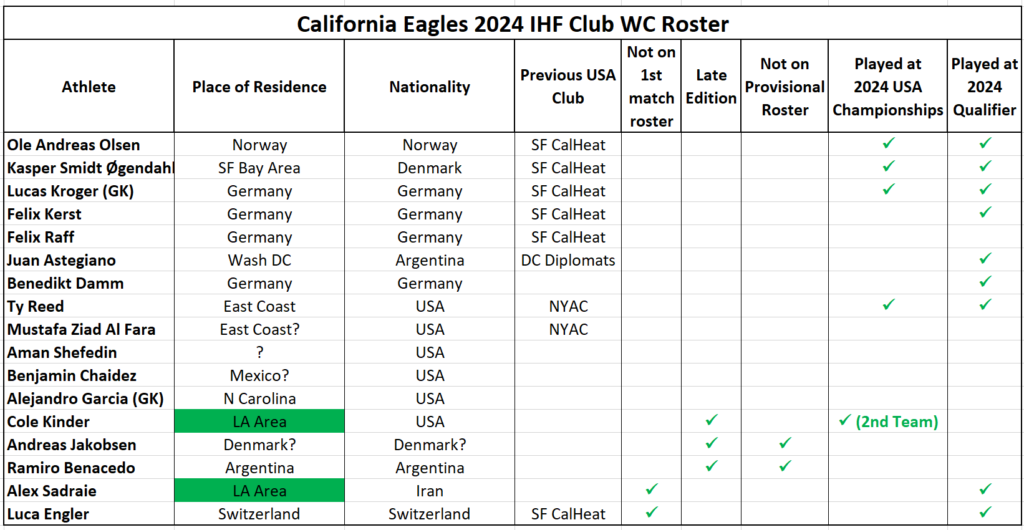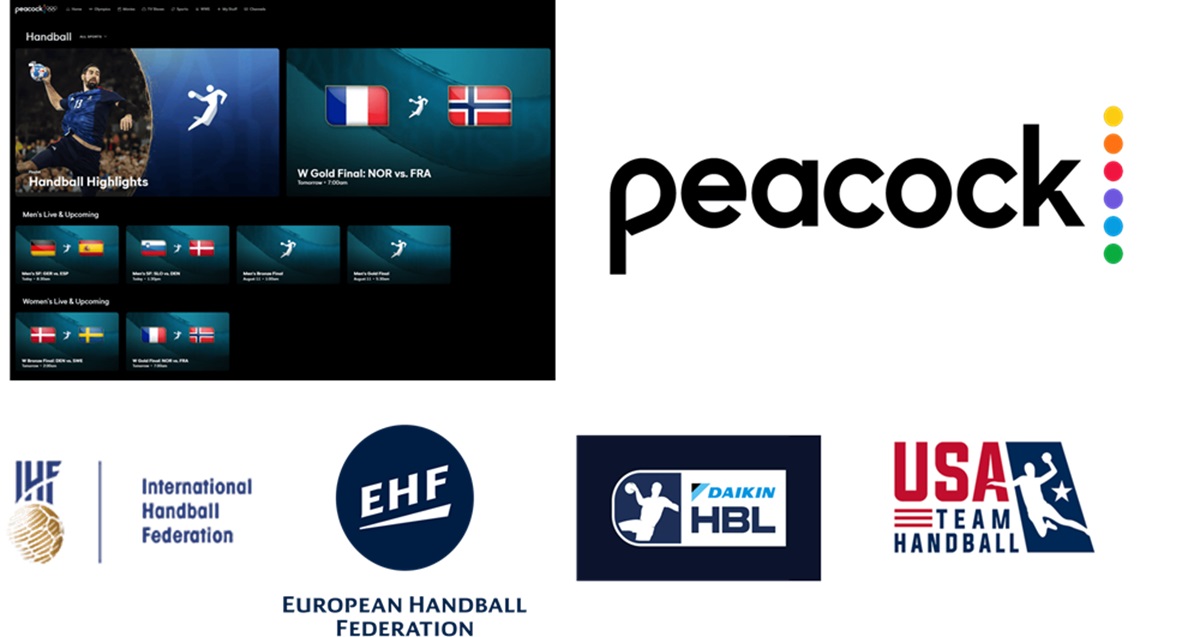*TV and “streaming” are now pretty much the same thing. And, that reality could and should be a game changer for the development of handball in the U.S.
TV and Streaming: The Silver Bullet Game Changer
Long time readers to this website will know that I’ve long espoused the importance of getting more handball on TV in the U.S. Anecdotally, the number of people choosing to get involved with handball after seeing the sport on TV during the Olympics is off the charts. And, I’m pretty sure if an analytical study was ever conducted to quantify the impact of TV it would simply confirm all those anecdotes.
Nothing exposes more Americans to the sport. Nothing generates more interest nationwide. While short video clips on social play an ever increasing role in the zeitgist… those video clips are typically content pulled from TV/streaming broadcasts. Or, they are video clips that complement that TV/streaming broadcasts.
The Rugby 7s example
This isn’t just true for handball. Look at the U.S. Women’s Rugby 7s team where Olympic TV broadcasts and social media posts from one athlete, Ilona Maher, generated interest. They both fed off each other, and when a full length of the field try resulted in an upset win over New Zealand and a bronze medal it garnered unprecedented exposure culminating in a $4M donation to the team.
I’m not saying Handball will generate the same level of good fortune. But, good things will eventually happen when you put more handball in front of more eyeballs in the U.S. Our sport kicks ass. People see it… they like it. And, that leads to more players, fans and yes, eventually sponsors and donors.
Streaming: The Future has Finally Arrived… Maybe?
I’ve been such a big proponent of getting more handball on TV because I think regular broadcasts would be the inflection points of all inflection points. The point where every discussion about handball would begin with “After handball was regularly broadcast on TV….” And, when ESPN agree to broadcast the Handball World Championships in 2021 on its streaming service, ESPN+ I thought it would be that inflection point. But, that never materialized. In fact, the ESPN+ broadcasts barely moved the needle.
There were two main reasons for this. Streaming was making a lot of progress, but while it had become commonplace for TV shows and movies it still hadn’t “arrived” yet for sports. And, inexplicably, ESPN provided almost no promotion whatsoever for the sport. Seriously, it was as if they were trying to hide handball.
But, that was then. This is now. With Peacock averaging 4-6M viewers for any given minute, some are calling the 2024 Olympics, streaming’s Magnum Opus. In other words, the point in time where streaming was no longer the reluctant 2nd option for sports fans, but instead the go to 1st option. And, we’re not talking about niche loving handball fans, accustomed to streaming because it was their only option. We’re talking about the generalist sports fan, who more often than not was happy with tradtional TV view options.
Handball on TV (or Streaming): Still the Silver Bullet
I’ve been writing about the importance of Handball TV broadcasts for a long time. This commentary has a good summary and makes the argument that regular handball broadcasts are the closest thing we have to a silver bullet solution to all our problems. This is because our sport has “a lack of awareness” problem that hamstrings anything and everything we need to do. And, nothing. I REPEAT NOTHING addresses that problem more than getting Rodger and others hyped up on handball and screaming (IN ALL CAPs) for more.
NBC Peacock: The Future Home of Handball?
I’ve been following the different potential options for broadcasting handball for over a decade. And, while I was really strong advocate for getting handball on ESPN and played a behind the scenes role in it actually coming to fruition I now think it’s time to turn our eyes towards Peacock. Here’s why:
- NBC Peacock is now a great streaming platform. What was once a somewhat clunky user interface is now simple to use. Every match in one place and easy to navigate and find.
- NBC Peacock has been a great steward and promoter for handball at the 2024 Olympics. Handball is the only sport with no U.S. participation at the Olympics, but NBC hasn’t been keeping it a secret. Whether it’s Mike Tirico gushing about handball at the opening ceremonies, or Kevin Hart and Kenan Thompson adopting the Egyptian National Team or the the Gold Zone hyping handball the affection and support are genuine.
- NBC Peacock needs content to help minimize subscription churn. The Olympics have been a real boon to NBC Peacock. They currently have 33M subscribers, some portion of which just signed up for the Olympics. And, some portion of which will think about leaving after the Olympics are over. Do I really think that there are a lot of Americans out there who will only stay with Peacock if handball is added to the library. No, I don’t. But, you know what… I think there are some now who will be more inclined to stay if handball is one of several things they can watch on Peacock.
- NBC Peacock provides a logical lead in to the 2028 Olympics. The U.S. will be participating in handball at the 2028 Olympics for the first time since 1996. And, both the U.S. Men and Women will get wild cards for the 2025 and 2027 World Championships. It makes a lot of sense for those four events to also be broadcast on Peacock. And, while we’re add it, how about the North American & Caribbean Championships and the 2027 PANAM Games?
- NBC Peacock and a reality show. As highlighted previously the U.S. Women’s National Team has struggled for the past few years and has a very, very small talent pool. A reality show that chronicles efforts to identify, recruit and train the team as it prepares to take on the world would be compelling television. And, NBC Peacock, the TV Olympics home is a very, very logical place for such an effort.
Why it Could Actually Happen: It’s a Very Rare Win-Win-Win-Win-Win
Yes, if you’re counting that’s 5 wins. I think that’s about the right number. Here are the 5 entities that would win:
- International Handball Federation (IHF): The IHF owns the rights for the World Championships and sold them to ESPN for a very discounted price (perhaps free?) for the past 3 years. As discussed, Peacock is better option now
- European Handball Federation (EHF): The EHF hasn’t had either their Club Champions League or the European Championships on USA TV for several years. The Champions League has a fully produced, English language Match of the Week. Most of the European Championships also have fully produced matches ready to broadcast. All of this content is available on ehfTV, but it deserve promotion and a boader audience.
- Handball Bundesliga (HBL): The best professional club league in the world, now has a fully produced, English language match ever week. These featured matches along with every other match are available via subscription, but the feature match deserves broader exposure.
- NBC Peacock. As discussed, NBC Peacock could use more content. And, here’s some good news NBC… I think you could get the above handball content (IHF, EHF, HBL) at a very attractive price. Maybe even free if the Handball entities can be convinced that the accompanying reach and promotion will lead to U.S. market growth. All you have to do is show what NBC has done with the English Premier League (EPL) and that should get everyone’s attention.
- USA Team Handball. As discussed, more Americans watching handball is a very good thing. Something that could turn a once every four years phenomenon to a continuous stream of discovery would be an epic game changer. And, Peacock would also be a great location for U.S. handball content like our collegiate championships and a reality show.
Will it Happen?
Will it happen, though? I’d like to think that something with so much upside and so little downside is a no brainer just waiting to happen. However, I’m just some guy with a website and a good idea. That said, the campaign starts now. We’ll see if the dream can indeed, become reality.
